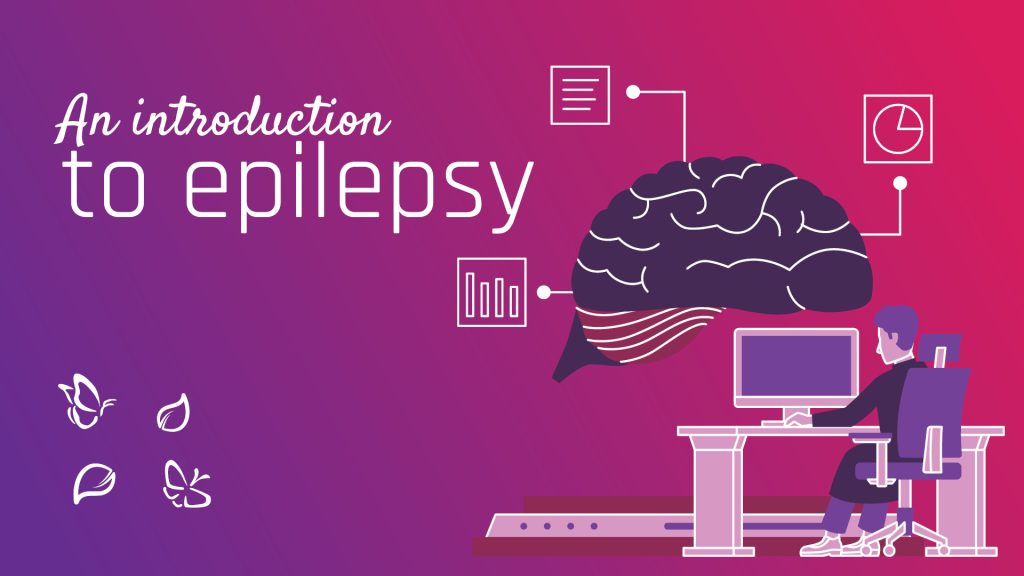
This Wednesday is Purple Day, a grassroots effort to increase worldwide epilepsy awareness. We wanted to do our part to spread awareness about the disorder by writing a bit about the ailment, what it is, how common it is, some myths and facts about it, and how you can learn more about it.
Well, the most likely reason you even know of it is that it’s the world’s fourth most common neurological disorder, in fact it affects about 3 in every 100 Australians. It is a disorder that causes recurring, unprovoked seizures, a doctor might diagnose a patient with epilepsy if they have two unprovoked seizures or one unprovoked seizure with a high risk of more.
It is important to note that not all seizures are caused by epilepsy. They may be related to a brain injury or a family trait, but the causes are often completely unknown. The word “epilepsy” means the same thing as “seizure disorders” and doesn’t make any inferences about the causes of a seizure or its severity.
Epilepsy has many causes. It can stem from head injury or trauma, stroke, infection, tumours, alcohol or drug use and even high or low blood sugar. For a complete list of causes, we recommend the Health Directs page on epilepsy, which breaks down the causes, diagnoses, treatments, and prevention.
https://www.healthdirect.gov.au/epilepsy
Now that we have introduced you to the disorder, like many medical anomalies, there are plenty of myths about it, and we want to clear a few up.
Everyone with epilepsy suffers from convulsions: Not every seizure results in convulsions. Seizures aren’t a singular event. Some can be brief lapses in awareness or simple muscle twitches.
Epilepsy is a mental illness: As we have already mentioned above, epilepsy is a neurological disorder. It is not a mental illness. However, people who have epilepsy can sometimes develop mental health conditions like depression or anxiety.
Epilepsy is contagious: Epilepsy cannot be transmitted from one person to another. The disorder is the result of other health events. For example, you can’t develop a scraped knee because you stood next to someone who tripped and fell earlier in the day.
People with epilepsy can’t live independently: This is false; many people with epilepsy lead full and independent lives. The disorder is manageable through the use of medication and lifestyle adjustments.
You should restrain someone suffering from a seizure: This is extremely dangerous; doing so can cause both yourself and the person experiencing the seizure. The best course of action when someone is suffering from a seizure is to keep them safe by clearing the area around them and cushioning their head if they fall. If the seizure lasts for longer than five minutes, an ambulance needs to be called.
Putting something in a person’s mouth will prevent them from swallowing their tongue. This is also another dangerous myth; under no circumstance should you put anything in someone’s mouth during a seizure. This will only cause the person to choke.
Epilepsy can be managed: While there is no cure for epilepsy, we hinted above that the disorder is manageable; through lifestyle changes, medications, and possibly even surgery, the seizures can be controlled to a certain extent; this depends on individual cases. If you have epilepsy and need a treatment plan, contact your GP for guidance.
Epilepsy affects people of all ages: Due to the varied factors that can cause epilepsy, it does mean that anyone can develop the disorder, even children.
Epilepsy is not a life sentence: It is possible for children to outgrow the disorder; however, it is essential to note that this doesn’t mean epilepsy can’t reassert itself in later life. Anyone who might be deemed seizure-free should continue to take precautions in preventing the reassertion of the disorder by avoiding triggers in their diet, sleep, stress levels and environment.
Epilepsy awareness is crucial: Educating others about the disorder helps to reduce the stigma and support those with the condition, which spurred this blog post.
We mention Health Direct as having great information about epilepsy, but some other resources include:
National Epilepsy Training https://www.nationalepilepsytraining.co.uk/
Epilepsy Foundation https://www.epilepsy.com/
Purple Day https://purpleday.org/
At the start of the blog post, we mentioned that this Wednesday is Purple Day. We ask everyone reading to help us spread awareness of epilepsy by wearing your favourite purple clothing and sharing an image on social media with the hashtag #purpleday2025.
We acknowledge the connections of First Nations People of Australia to the land, sea and community on which we live and work. As custodians of this sacred land we respect and acknowledge Elders, past, present and emerging.